SUMMARY
This is AI generated summarization, which may have errors. For context, always refer to the full article.
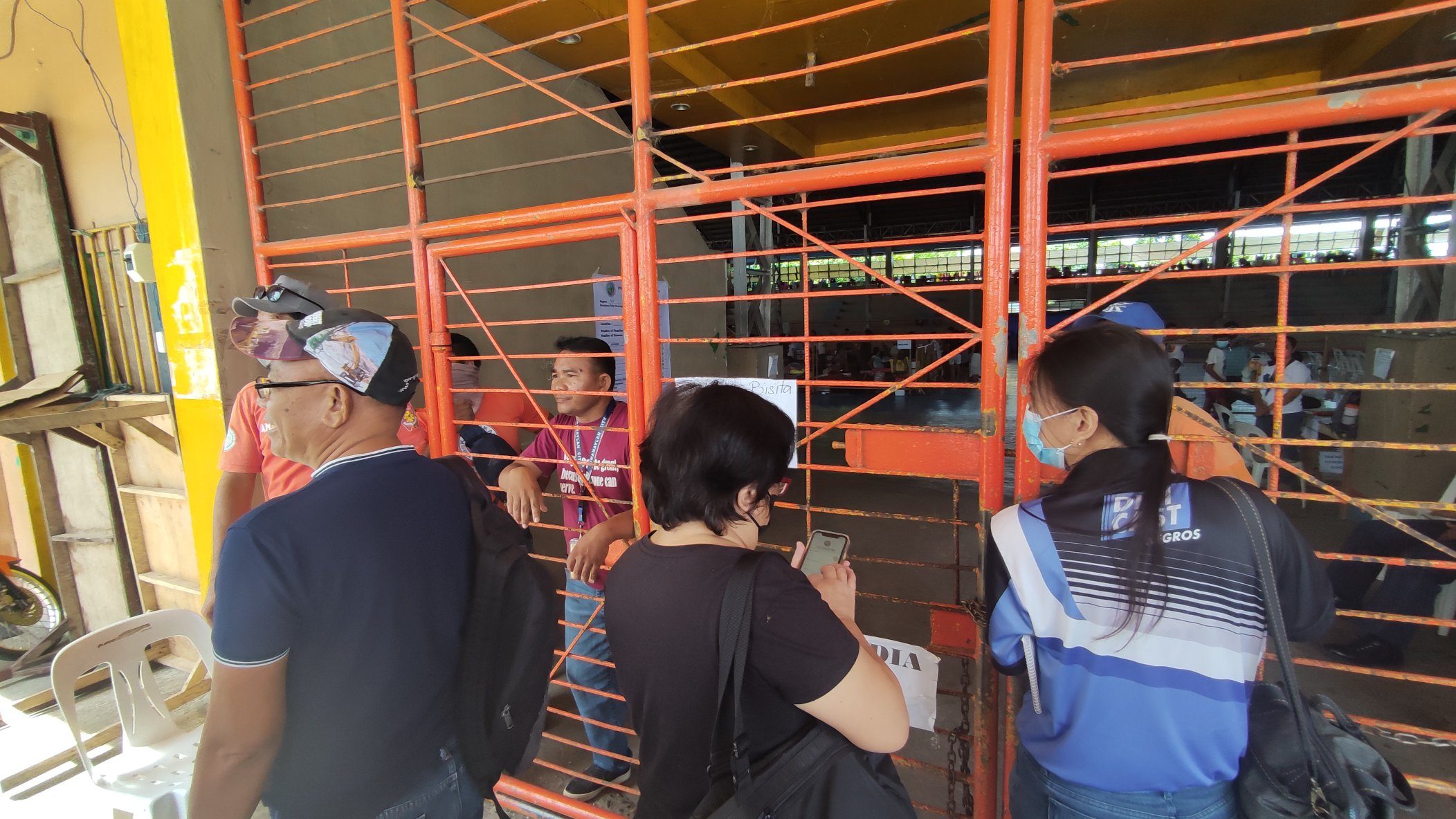
HIMAMAYLAN CITY, Philippines – The Department of Social Welfare and Development (DSWD) office in Western Visayas (Region 6) denied there was a ban on media interviews in the main evacuation center here but laid down strict protocols for visits and interviews.
The tight rules do not stop with outsiders. The government has said no villagers were forced to evacuate upland villages where government troops and communist rebels have waged battles for a week now. But evacuees have to ask permission and register whenever they leave the Cong. Agustin Gatuslao Memorial Center.
The DSWD issued a statement on Friday, October 14, after media reported on how reporters covering Governor Eugenio Jose Lacson’s visit on October 13 were barred from entering the evacuation building.
Rappler was allowed access to other evacuation centers outside the Himamaylan City proper but only interviewed grassroots officials, and adult evacuees and their hosts.
Different answers
The provincial capitol coordinated the trip to the Himamaylan evacuation so reporters were surprised when people manning the gate said they were instructed not to let the media in to interview or take photos of the evacuees.
Himamaylan Mayor Raymund Tongson tried to explain why, although he stressed that media were not barred from covering the evacuation centers.
“We have to understand that there is an ongoing operation, even us don’t know the complete protocol of the military. What we’re doing right now is try to resolve the collateral damage, our constituents who were affected,” the mayor said,
“Right now, we don’t have a news blackout. You have the governor with you, the mayor with you, the incident commander can easily answer your questions and the (Department of Social Welfare and Development) people is represented by RD Nochete (Regional Director Carmelo Nochete),” the mayor stressed.
Reporters pointed out that evacuees voices needed to be heard, too.
They had also just interviewed civilian and military officials the night before and were already in touch with City Social Welfare and Development (CSWD) for regular updates on evacuees.
Lacson, when asked why media couldn’t get inside the evacuation center, said “that’s the policy, so we just follow.”
He also doesn’t know who gave the policy.
Brigadier General Inocencio Pasaporte, commander of the 303rd Infantry Brigade, denied any role in the ban, saying that media can get inside the evacuation center.
Nochete also said that DSWD didn’t give the order, adding that the evacuation center was under the local government unit (LGU).
“The DSWD is in charge of the relief, we are coordinating with the LGUs,” Nochete said.
The only thing clear: Reporters were barred from entering the site.
Privacy Act
Nochete on October 14, however, issued a statement that indicated the curbs were from the DSWD.
“Adult evacuees may be interviewed provided it is done with their consent and through proper coordination with the camp manager,” Nochete’s said.
CSWD chief Ever Grace Castro on October 13 told Rappler that if reporters want to interview evacuees, staff of the evacuation center will ask for volunteers and bring them out to a “media box”.
Castro said the DSWD had been alarmed by some videos and inappropriate photos posted by some broadcasters “and vloggers” though she would not give specifics.
She added that some evacuees become anxious when they suddenly find themselves facing cameras.
The reporters covering Lacson’s visits had largely confined publication of photographs to those sourced from the CSWD.
Nochete stressed children’s right to privacy under Republic Act 11188 otherwise known as “Special Protection of Children in Situations of Armed Conflict Act” and the right to be protected under RA 7610 or the “Special Protection of Children Against Abuse, Exploitation and Discrimination Act.”
“Photographs, images, or video footage of the face or any distinguishing feature or information of a child victim of abuse, child witness, CIAC or a child in conflict with the law, including his or her family members shall not be taken, published, or shown to the public in any manner,” is also quoted under the Guide For Media Practitioners On The Reporting And Coverage Of Cases Involving Children (Revised 2008) released by the Special Committee for the Protection of Children.
The local welfare office has shown children in groups but refrains from taking close-up images.
The DSWD official also stressed the need to ensure observance of health protocols since we are still in a pandemic.
“The department values the members of the media as the fourth estate and we have high regard to them. Also, we remain in upholding the people’s right to expression and free speech as well as their right to be informed on matters of public concern,” the official said.
Himamaylan was placed under the state of calamity after the series of encounters between the government troopers and communist rebels that started on October 6 that led to the deaths of two soldiers and one ranking New People’s Army leader. – Rappler.com
1 comment
How does this make you feel?
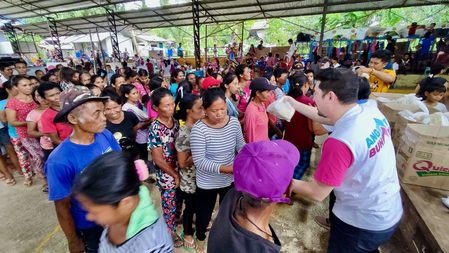
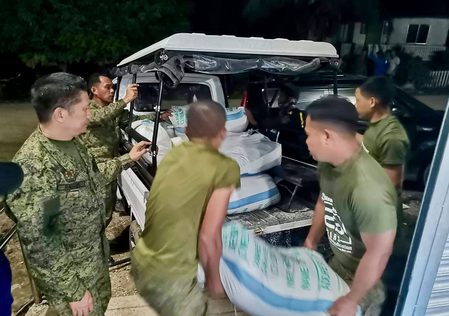





![[Newsstand] Time to negotiate peace again with the CPP-NPA](https://www.rappler.com/tachyon/2024/05/negotiate-peace-again-may-10-2024.jpg?resize=257%2C257&crop_strategy=attention)
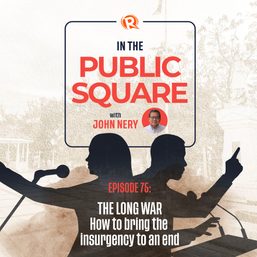
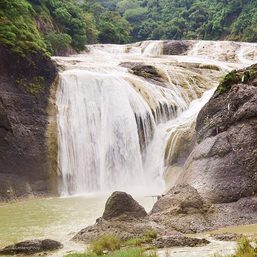
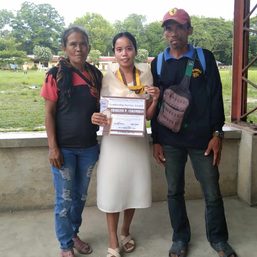
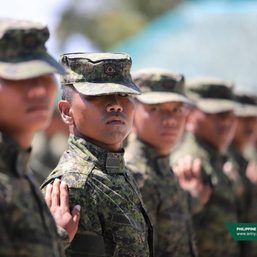















There is a blame game here. Nobody admits from whom the order of not allowing the media in comes from. Are they afraid that some persons might confess that they are “forced” to live in those evacuation centers? In some sort of a socially acceptable new version of the “concentration camps” used by the Third Reich, and other armies in Military History?